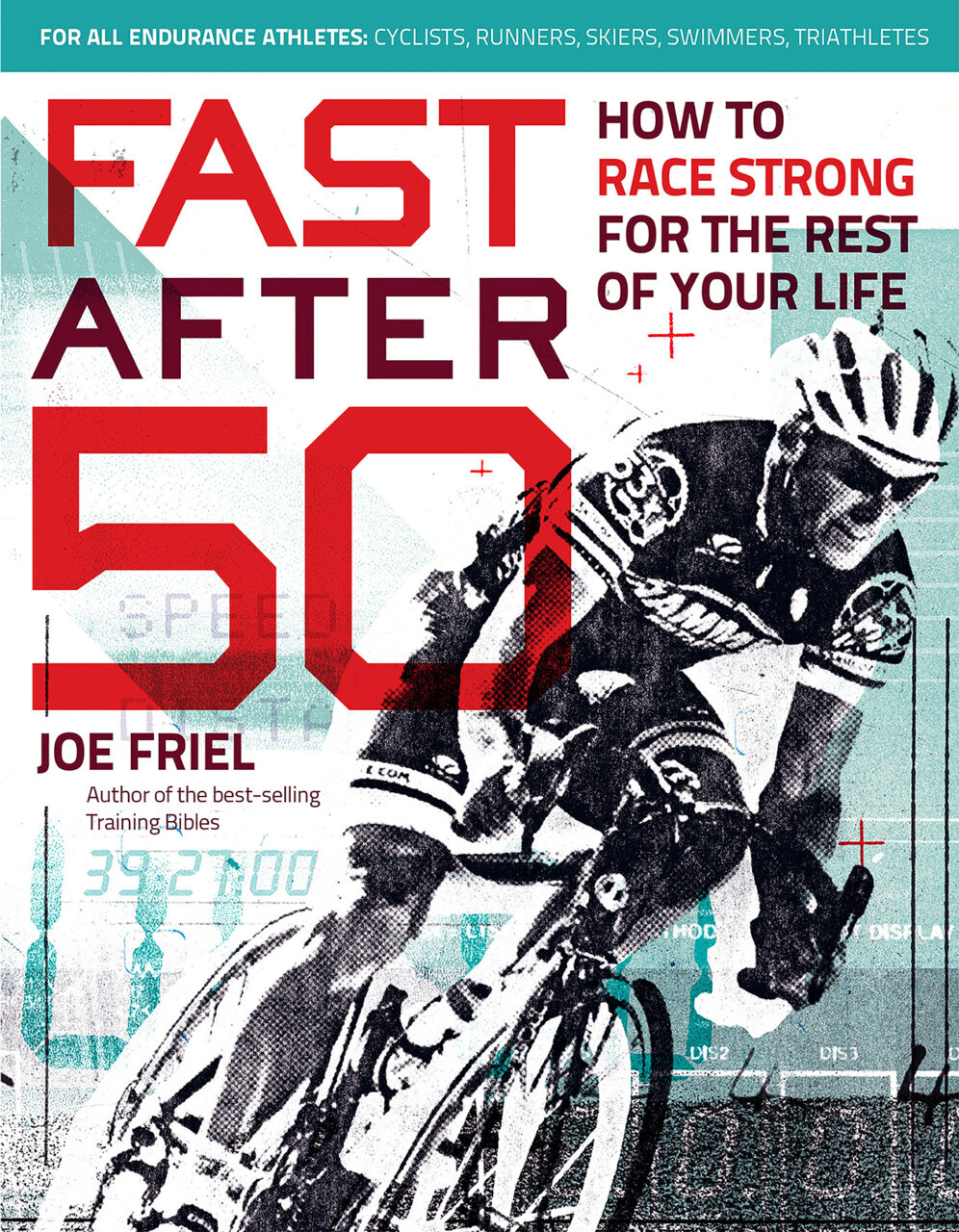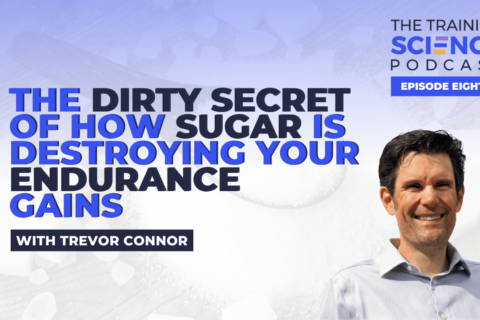The enzyme lipoprotein lipase (LPL) plays a critical role in causing your body to store fat. Wherever LPL is found in abundance, your body will store fat if given the chance. For men, that location throughout life is primarily in the belly. For women, it shifts around a bit. When a woman is younger, much of her LPL is found on the hips and butt, but after menopause it shifts to the belly.
Lower testosterone levels trigger fat storage
When you were younger, the fat-storing activity of LPL was limited by your testosterone levels (which are, of course, much greater in men than in women). But as you’ve gotten older, your testosterone production has decreased. So with advancing age the capability of your LPL to stockpile fat has increased. The result is that you are likely storing more fat as the years go by. Unfortunately, the reason that it may be evolutionarily necessary for older people to store larger amounts of fat than younger people is as yet unknown.
Excess insulin increases glucose absorption
In addition to testosterone, other hormones play a role in the activity of LPL. While testosterone decreases LPL’s fat-storing activity, insulin increases it. Insulin is a hormone produced by the pancreas that, among other things, causes muscle and fat cells to absorb glucose, a sugar, from the blood. After a carbohydrate-rich meal, especially one that includes high-glycemic-load foods that cause a rapid increase in blood sugar, insulin is released.
RELATED: How to Stay Fit and Fast as You Age
While insulin is often considered a “bad boy” for its effects on fatness, it plays a critical role in health. If it weren’t for insulin, the blood-sugar increase after eating would result in health problems, which is the situation faced daily by type 1 diabetics. On the other hand, too much insulin production (which can result, in part, from a high consumption of sugary foods) causes the body, mostly the muscle cells, to lose sensitivity to the hormone. When that happens, the pancreas works overtime to produce insulin in an attempt to remove sugar from the blood. At some point it becomes unsuccessful, as there is just too much sugar to be stored. Production of insulin reaches its upper limit. The upshot is that the body loses its sensitivity to insulin, resulting in what’s known as “insulin resistance” and the early stages of type 2 diabetes. Some people are much more genetically prone to this than others. There are many health consequences of this condition, frequently resulting in a shortened life span. And with advancing age, type 2 diabetics are at increased risk of dementia such as Alzheimer’s disease. Fortunately, regular exercise increases the body’s sensitivity to insulin, reducing the potential for overproduction and its associated problems.
Given a long-standing level of exercise, you are probably not at risk of type 2 diabetes. But while regular exercise over many years may reduce the risk of type 2 diabetes, it does not stop the activity of LPL and the potential accumulation of fat. Nor does it inhibit the activities of the hormones that cause hunger and satiety—leptin and ghrelin. Both of these hormones also play a role in insulin production and therefore fat accumulation with aging.
Hunger and satiety hormones can be affected by age and training
“Leptin” and “ghrelin” might sound like terms from a sci-fi show; it may help to know that “leptin” comes from the Greek term leptos, for “thin,” while ghrelin is an acronym derived from its description as a growth hormone release-inducing peptide. Leptin is the “satiety hormone.” When it is produced, your hunger for food decreases. You feel satisfied. Ghrelin is the “hunger hormone.” When its production increases, you feel the need to eat. When your stomach is empty, or nearly so, ghrelin is released; when it is full and stretched, ghrelin production stops, and leptin steps in.
The interplay of these hormones throughout the day helps to regulate energy balance; ideally, your energy intake equals your energy output and storage. For some unknown reason, women produce more ghrelin than men do, regardless of their age, but also experience an increase in leptin levels with advancing age. Fortunately, aerobic exercise has been shown to reduce the activity of both ghrelin and leptin, thus reducing the hunger-satiety swings.
Keys to better hormone balance
Is there anything else you can do about this interplay of insulin, leptin, and ghrelin? Science is still discovering the answers to that question. One of the known conditions that plays a role in managing these hormones takes us back to an important recovery topic, sleep. Testosterone is released during sleep, especially in the latter portion of a full night’s snooze. And since testosterone limits the activity of the fat-storing enzyme LPL, a bit more sleep every day may help to keep your waist trim. Sleep also plays a role in regulating the levels of ghrelin and leptin. So if you’re not getting enough sleep, you may feel like eating more, especially sugary junk food. Managing body fat may be as simple as sleeping a little longer.
We’ve previously examined testosterone production relative to your training. You learned that vigorous, high-intensity workouts have been shown to result in more androgenic hormone production, such as LPL-limiting testosterone. This is another instance of how lifting heavy weights and doing aerobic-capacity intervals may provide a performance benefit by not only improving the muscular and aerobic systems but also reducing the storage of fat. I’ve mentioned it several times, so now is a good time to take a look at the elephant in the room—the relationship between what you eat and how much body fat you have.

This excerpt has been adapted from Joe Friel’s book Fast After 50 (2015) with permission from the publisher.





